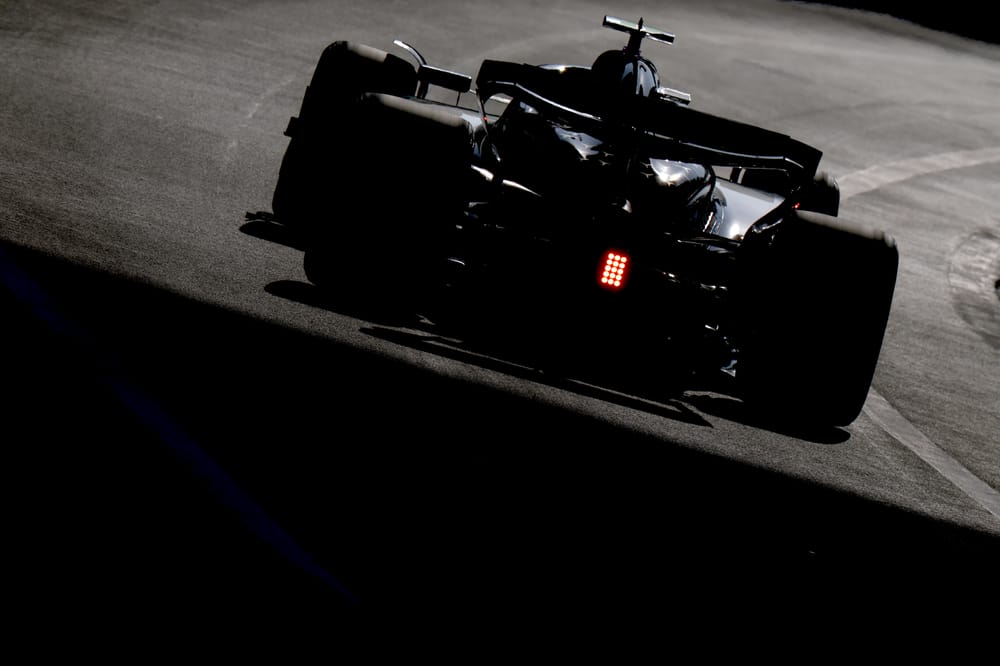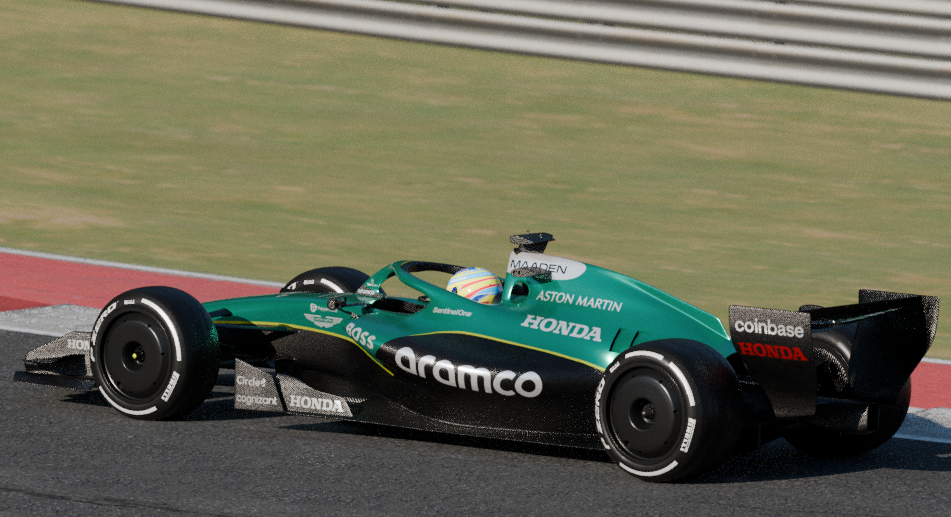While Formula 1 paddock chatter is being dominated by the V10 debate, work back at the engine factories right now is entirely focused on putting the finishing touches to the turbo hybrids that are coming for 2026.
Development progress with the new power units - which will run on fully sustainable fuel and get 50% of their power from the internal combustion engine and 50% from electrical energy - has been kept pretty much under the radar, with not much information leaking out.
Manufacturers have clearly been reluctant to say too much about their progress as they get to grips with the regulations and fresh demands thrown upon them.
But as the countdown continues to the next generation of engines (which are coming for next year come what may), The Race was granted exclusive access to Mercedes' Brixworth factory before the F1 season opener to hear from engine chief Hywel Thomas on how his team's preparations are going.
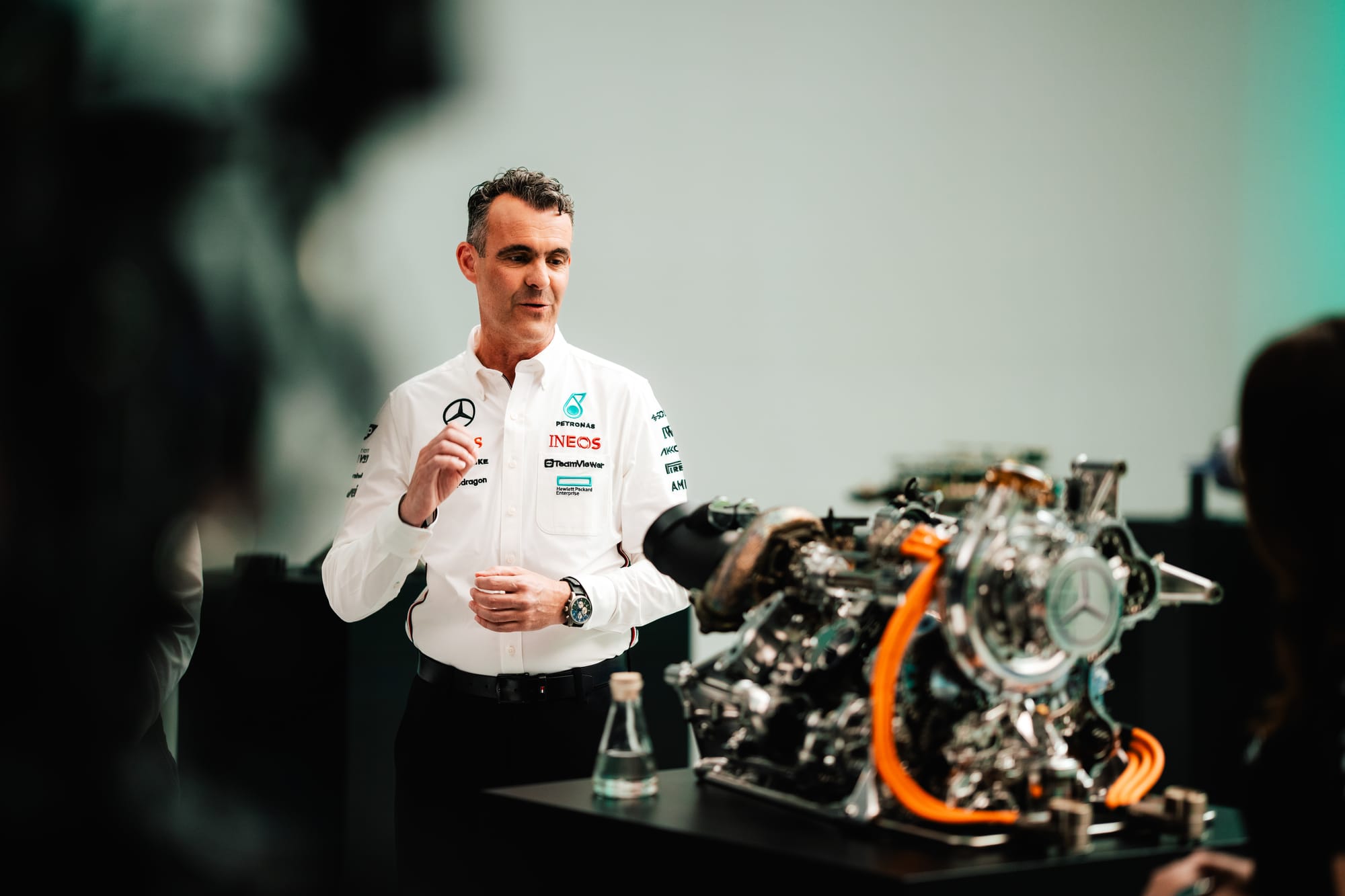
Having taken over as managing director of Mercedes AMG High Performance Powertrains from Andy Cowell in 2020, Thomas has the task of leading the company into the new generation of turbo hybrids after it dominated the previous rules era.
As a reminder, since 2014, Mercedes engines have helped win all but two constructors' championships - eight with its own works team and one with McLaren. It also added seven drivers' crowns.
But as Mercedes team boss Toto Wolff has famously remarked in the past (stealing a quote from Babe Ruth): "Yesterday's home runs don't win today's games."
What was achieved before counts for nothing going forwards. So just because Mercedes dominated after F1's last massive engine rules change does not necessarily mean it will be the same this time.
That is especially true now because, as Thomas explained, while the engine concept sounds similar, the new power units are in fact completely different.
"It is a complete tear-up, which I don't think was quite as apparent to me as it should have been as we were setting out the regulations," he revealed.
"Although we have got a V6, we have got a turbo, we have got an MGU-K, we have got a battery - a lot of it would seemingly be exactly the same.
"But there is enough change in there to completely reset everyone, which was the intention of course, because, with the desire to get more manufacturers in, it had to be a reset, which is only fair. So, absolutely everything is up for grabs."
No carryover
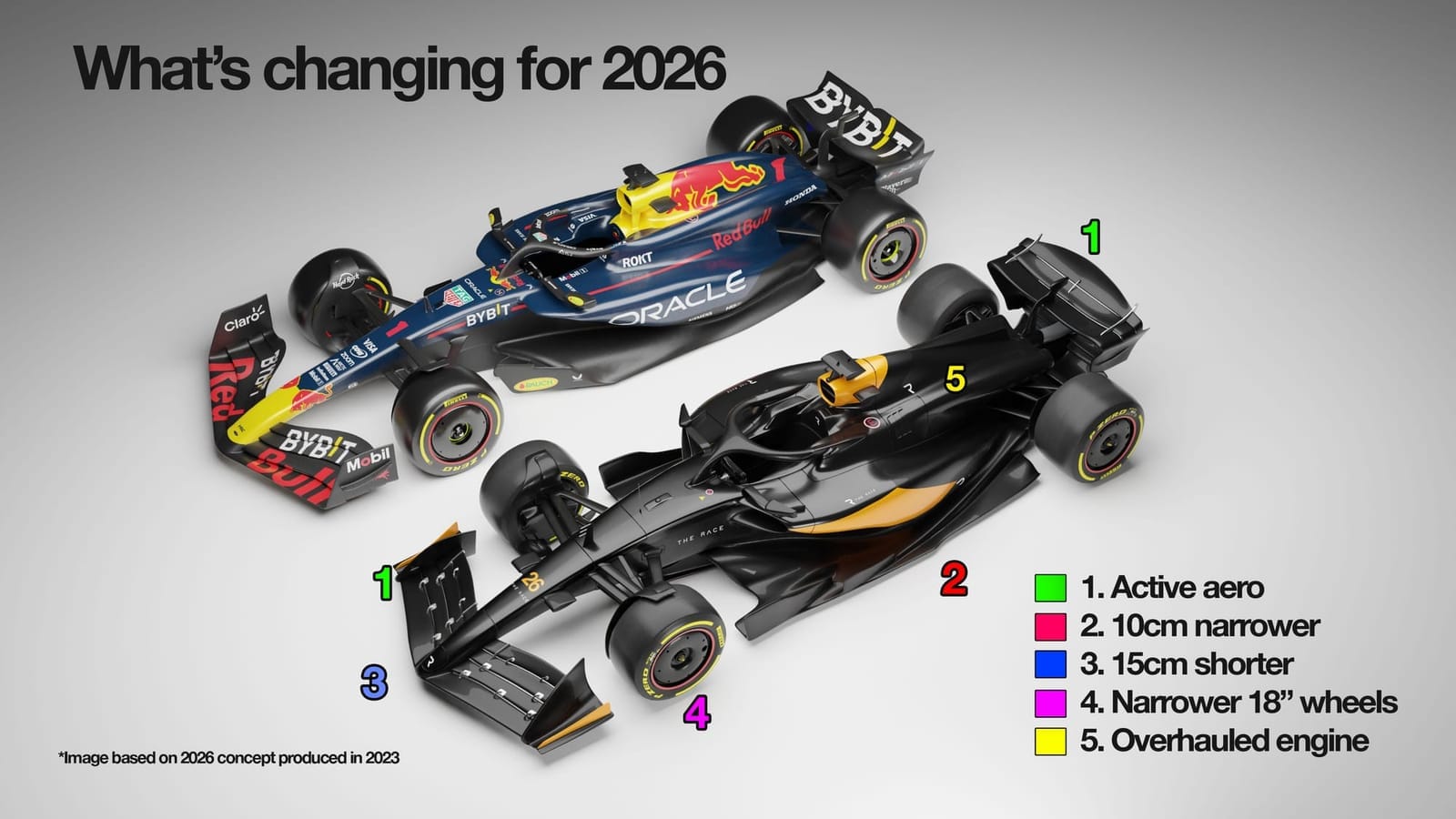
Thomas says that the shift to fully sustainable fuels, plus the increased reliance on electric energy, has called for very different designs.
So while the switch to next year looks like a simple one on paper - with 1.6-litre turbo V6s being buoyed by a bit more battery power - the changes run a lot deeper than that.
This is why he thinks there will be zero carryover in the end of current components into 2026.
"There are some really big challenges within the rules," he said. "The V6 looks very much the same. And frankly, it's the same capacity, it's the same V angle, it's the same bore spacing, it's the same bore.
"So you can look at it and go: 'OK, well that's the same engine then'.
"But they've got less fuel flow. We've got a defined compression ratio, which is lower than we've previously had. We've got boost limits. We've removed variable trumpets.
"All of that means the combustion regime is completely different. So it's a start from pretty much scratch, on the combustion regime.
"Certainly by the time we get to racing - and I think it's probably already true - there won't be a single component to carry over, even in the V6. Everything is completely new."
The electrical element is also going to be just as different. The MGU-H, which proved to be the most complex element of the current generation of power units, has been ditched.
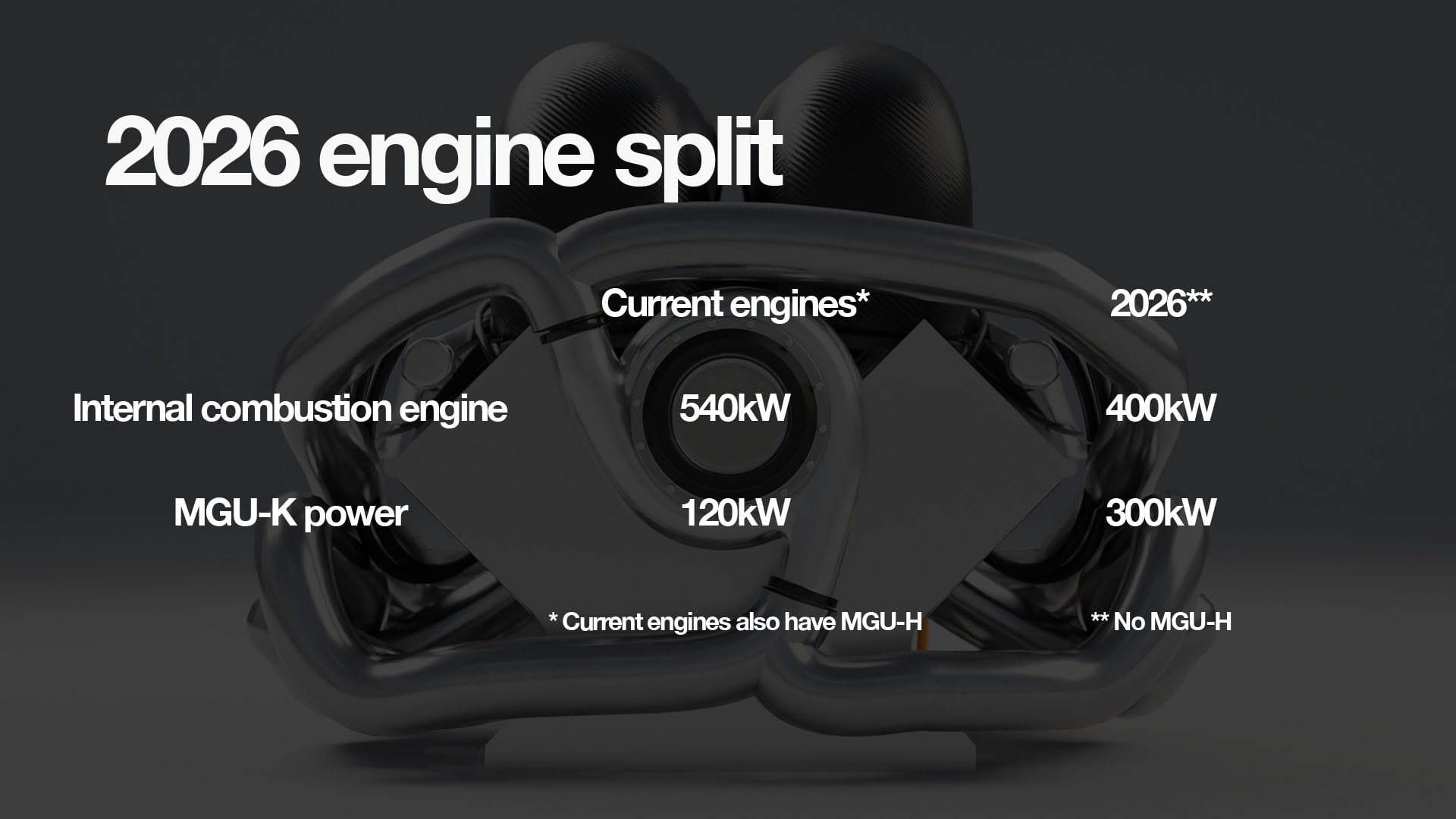
It's now back to a standalone MGU-K system that harvests energy as the car brakes. However the requirements are much higher as the demand is for 350kW of power (equivalent to 470bhp).
"When you think we started in 2009 with 60kW. Then we are at 120 kilowatts in the current regulations. And now it's 350kW. It's a beast in terms of the power that you're looking after.
"It's a real step change, and that's a huge piece of the regulation set as well, and a huge challenge for us: with all the fun with all the blow-ups, with all the grey hairs, but then the excitement of actually seeing it all working."
A different challenge
While the engine is technically very different, Thomas says that because it still falls under the turbo hybrid concept, the approach has not been as big a step into the unknown as it was for 2014 when teams had to adapt from the previous V8s.
"In the 2014 regulation set, you were having to invent stuff," he said.
"The MGU-H didn't exist. An electric motor of 60/70kW, doing over 100,000rpm, doesn't exist anywhere in the world.
"The batteries, in comparison to what we were doing in KERS days, didn't exist anywhere. So we were having to develop that hardware.
"With this regulation set, I think there's a bit more that does exist – apart of course from the fuel.
"There are EV systems that can do 350kW. There are combustion engines. We've got that. So it's based more on your ambition than what the regulations are forcing you to do.
"Therefore we're having to spread quite widely to make sure that we haven't missed an area where, if your ambition was low, you're going to really lose out."
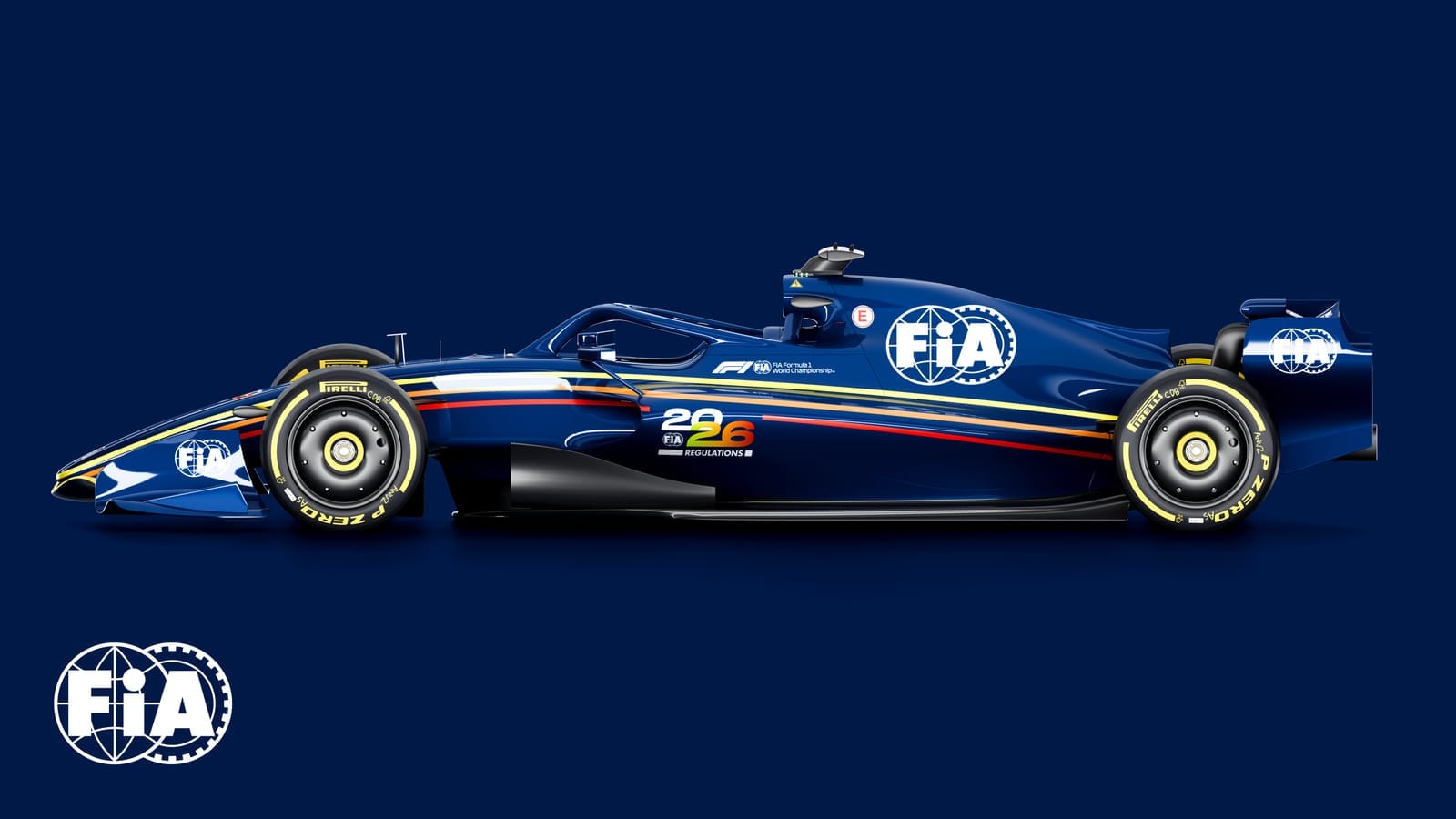
This has also meant a slight shift of focus because, with electrical energy not necessarily the performance differentiator with the current ruleset, it being so important from 2026 means that manufacturers need to be much more on top of it.
Thomas added: "There wasn't a lot of laptime in getting the last few watts out of it in comparison to what you got out of the combustion engine if you put effort there.
"Probably we were more out of practice at developing an ERS than we were at developing a combustion engine. So in terms of where we have had to change and develop and do more, it's probably more on the ERS side."
Bye bye split turbo
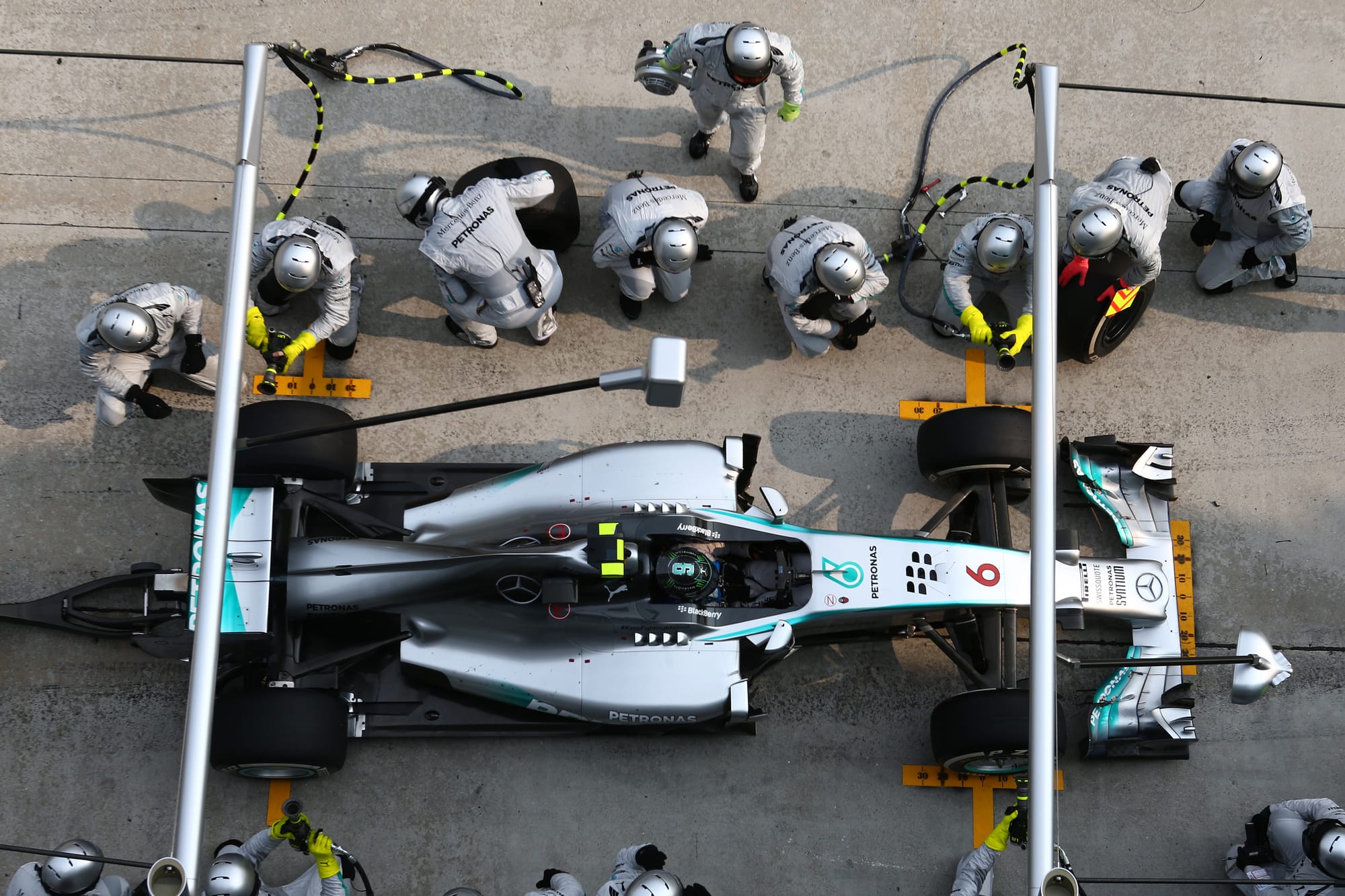
Mercedes stole a march on the opposition with the 2014 turbo hybrids as it unleashed a concept that proved to be a game changer: splitting the turbo compressor and the turbine and having them either side of the internal combustion engine.
Such innovations are out of the picture with the 2026 regulations being much more prescriptive to try to make the power units as equal as possible.
Thomas added: "They are deliberately so, to try to stop exactly that kind of thing where the layout of the power unit can become a differentiator.
"I suppose the teams and the FIA didn't really want us to spend all our time wondering if an MGU-K should be here, there or wherever. Let's just define where it is.
"We've all got the same problems. We've all got the same opportunities. And actually, it gets back to: can we develop a really efficient, lightweight, beautiful MGU? Not, is it better on the left-hand side, the right hand side or out front? Which is of no use to man or beast, and is just wasted engineering effort.
"So actually, the position of the MGU is defined. It's at the front. The position of the turbo is defined. It has to be at the back, and it has to be together.
"There's a lot more of that that's been defined in the regulations, which is probably good because it forces us to look at the efficiency of the engine, the efficiency of the electrical system, and in terms of that then being good for the world and the car manufacturers, they can actually get something out of that.
"Whereas split turbo - it's a nice thing, but it's only ever going to appear in an F1 car."
You can't spend your way out of trouble
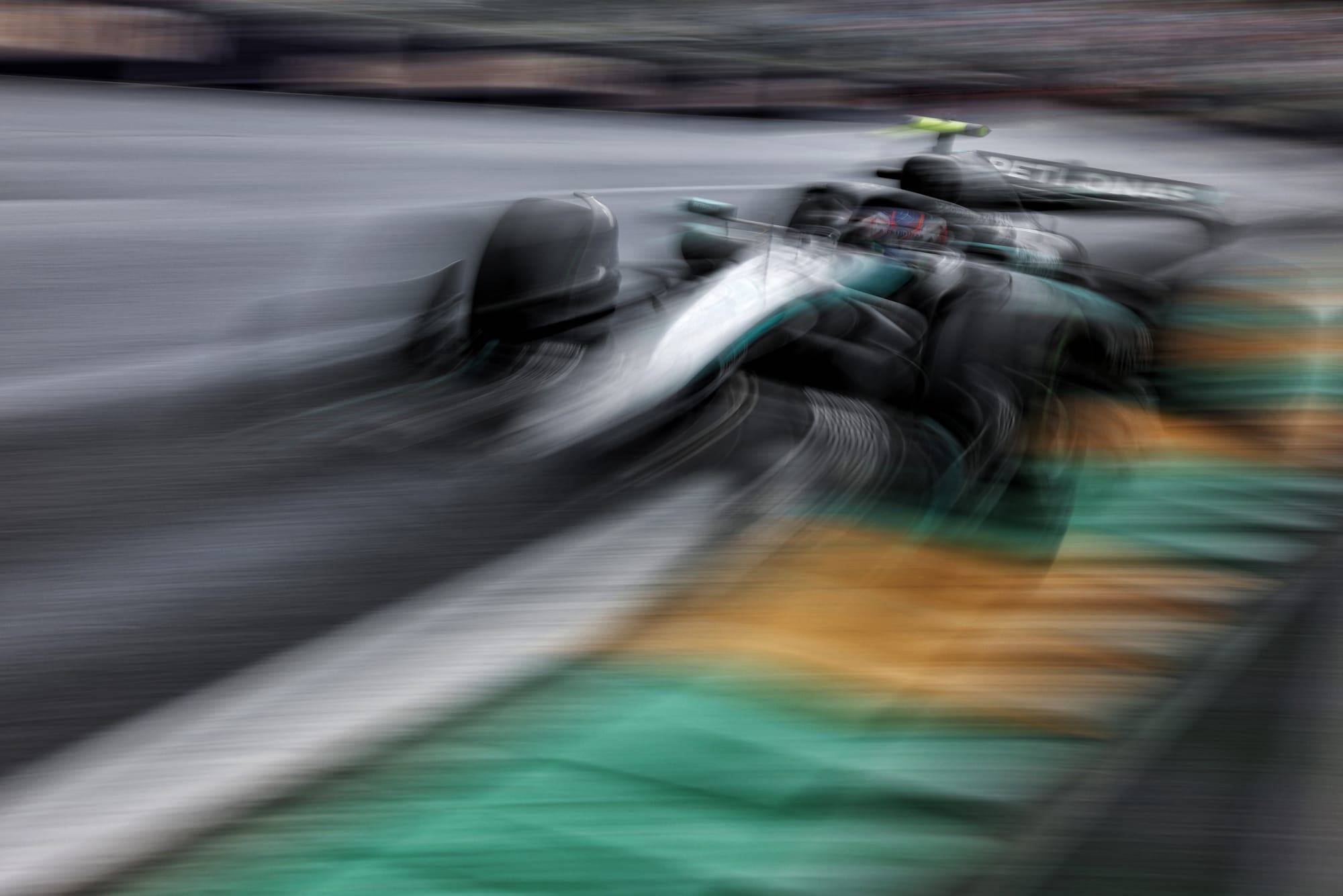
Something else totally new for the forthcoming ruleset is that engine manufacturers are having to work under a cost cap for the first time.
Back in 2014, spending was free so the limit was literally how much HPP could get in its budget from parent company Mercedes to bankroll everything.
Now everyone is operating under the same restrictions: a $95million budget from 2023 to 2025, and then $130million from 2026 onwards.
Mercedes did get ahead of the curve in bringing its test benches up to best standard prior to the cost cap coming in - as well as honing other tools it had so they were best fitting the demands of the 2026 rules.
Thomas added: "We were fortunate enough we got everything we asked for from Mercedes in that period. I would think everyone will be in reasonably similar shape."
But with the cost cap having now kicked in, things are having to be done a bit differently.
"We can't spend our way out of problems. That's not a big headache, but definitely it affects the way that you approach the project.
"It is not a case that as an incumbent, you just build an engine, chuck it on the dyno and hey presto, you're away and you're ahead of the game."
The big question
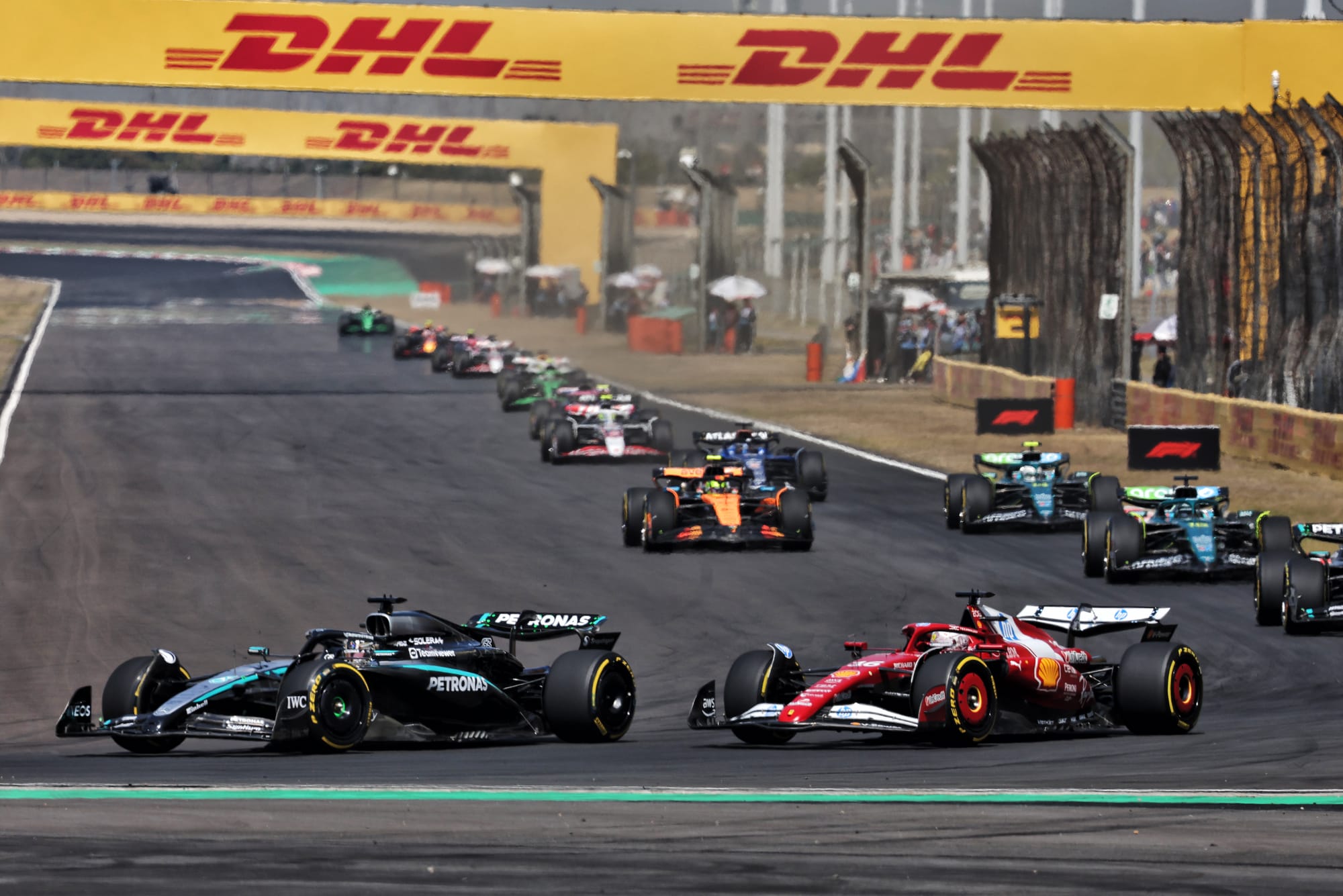
The key thing everyone really wants to know right now is where the different engine manufacturers stack up.
Paddock whispers have pointed to various candidates being ahead or behind the curve - and political moves about future engine regulations are often interpreted as being motivated by what is going on behind the scenes.
From Mercedes' perspective, it is a waste of time trying to work out where the opposition is.
Asked how the team benchmarks its progress against the others, Thomas said: "You just can't, and I don't think there's any point keeping your ear open and trying to understand where the other teams are. Because at the end of the day, you just have no idea where anyone else is.
"If you hear that such and such is doing great, or such and such is doing badly, you don't even know what that really means, because what's that benchmarked against?
"So I think our approach has been reasonably similar for the last 15 years. It is keeping your head down, run like hell, assume you're 10kW behind everybody else and work out how you are going to find it.
"You just plough on with that approach. You don't look left too much, and don't look right too much. Just keep your head down."
Thomas has no doubts that others are going to come out of the blocks fighting - especially those that did not get things right at the start of the current turbo hybrid era.
"We know that Ferrari are a great organisation, and not wishing to overstate it, but they did catch a cold a little bit in 2014," he said.
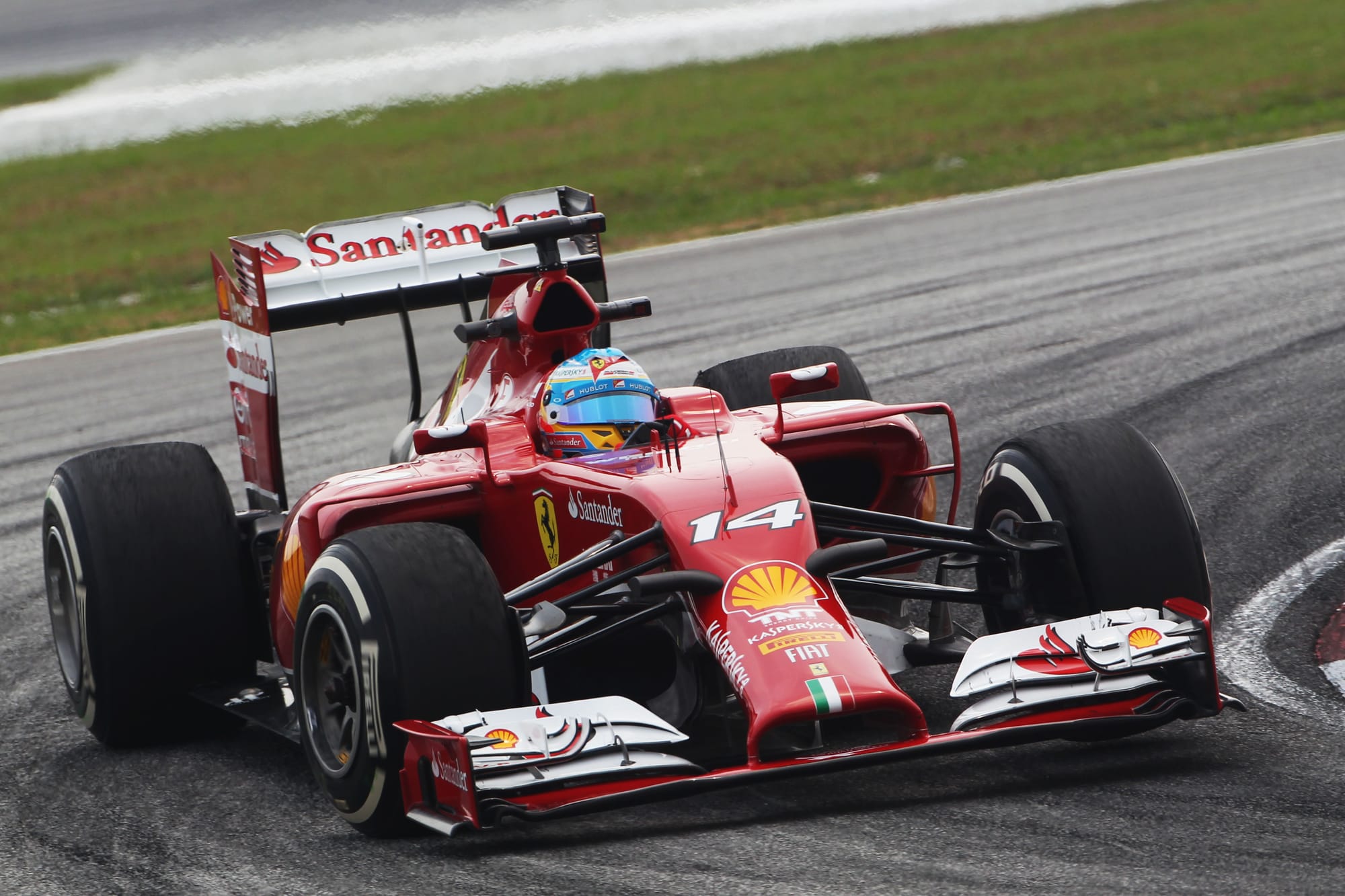
"Do you think they're going to let that happen again? I don't. I can't for one second believe they're going to let that happen again.
"Honda are an amazing group of people. They've got money - and they've got what they need. Are they going to make a pig's ear of this? Well, they've won more world championships than we have in the last three years.
"As for the new newcomers, they have got a really tough job, but who is to say one of them isn't going to be the bolter that comes up with something that we haven't?
"We would be nuts to be doing anything other than keeping our head down assuming we're 10/15kW behind and working out what we're going to do to catch up.
"That has to be our mindset in an environment where you can't actually go and buy the knowledge of what's happening somewhere else."
Thomas also suggested that it is hard to interpret where everyone stacks up with both performance and reliability because targets will be different across the carmakers.
So just because word gets out that one manufacturer may be experiencing reliability troubles, that does not necessarily indicate trouble - it could mean simply that they are chasing higher ambitions than anyone else.
Plus on top of that, what has been running on dynos up until now is probably not the final power unit that will hit the track at the start of 2026.
"We've gone quite aggressive on some things, and then had to either back off or dig deeper and go again," he said.
Ultimately all the talk up until now means nothing, because it is only over the next few months that the 2026 project will really start coming together - as the engine design gets signed off as well as integration with the new chassis regulations gets sorted.
Thomas continued: "We are now going from that R&D level where people have had great fun for a couple of years. It's been wonderful. We've got high ambition and we're saying: ‘Yeah, go for it, try your luck, see what happens'.
"Now you're getting to the point of going, 'Yes, but that's all got to actually come together and become a product'. And that starts to become a headache."
The timing mismatch
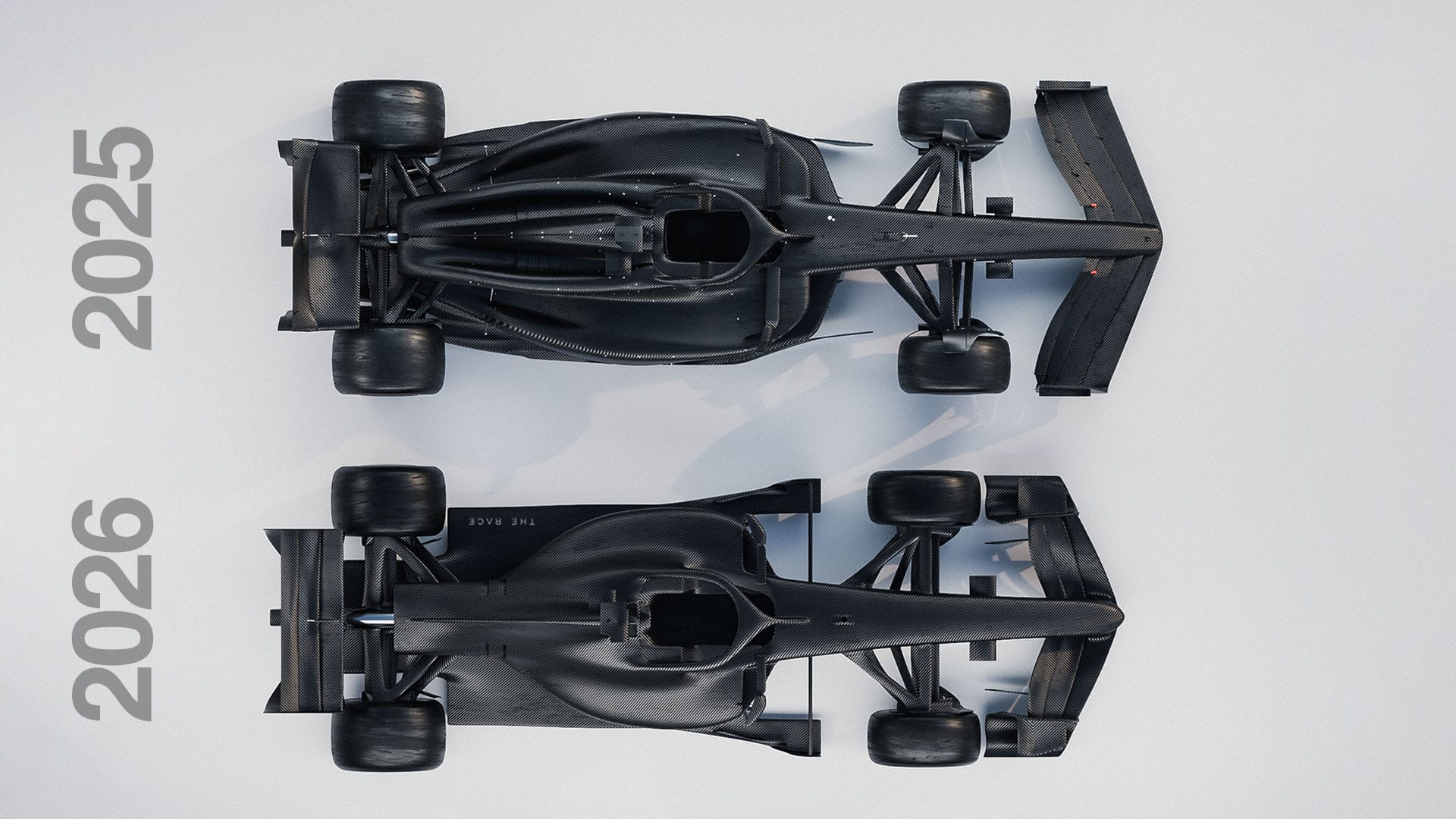
There is also another interesting aspect that has hit home recently.
While manufacturers have been focused on their power units for a couple of years now, teams were not allowed to start work on their 2026 chassis designs until January 1 this year.
And as teams have begun to explore those early concepts, different packaging requests have been thrown towards the engine designers.
"Our programme and the chassis programme were well and truly out of step with one another," Thomas admitted.
"And despite the support we had and the advice we got, we ended up making a lot of decisions on our own.
"Now, as the new rules have got closer, the chassis teams have gone: 'We don't really like this, we don't really like that!'
"That's becoming more and more of a thing now, where there's some decisions we made based on best information at the time, which are definitely just wrong. And we're having to unpick our way out of those.
"That's going to be fun over the next nine months…"

